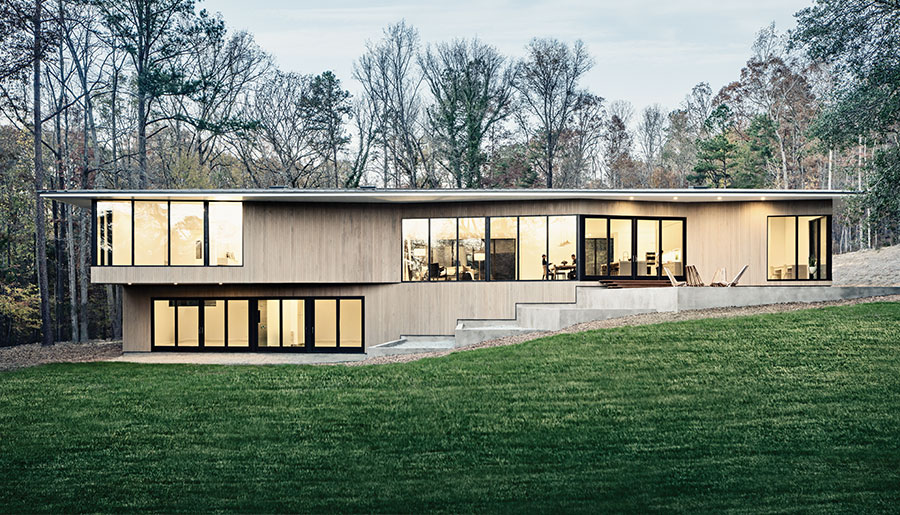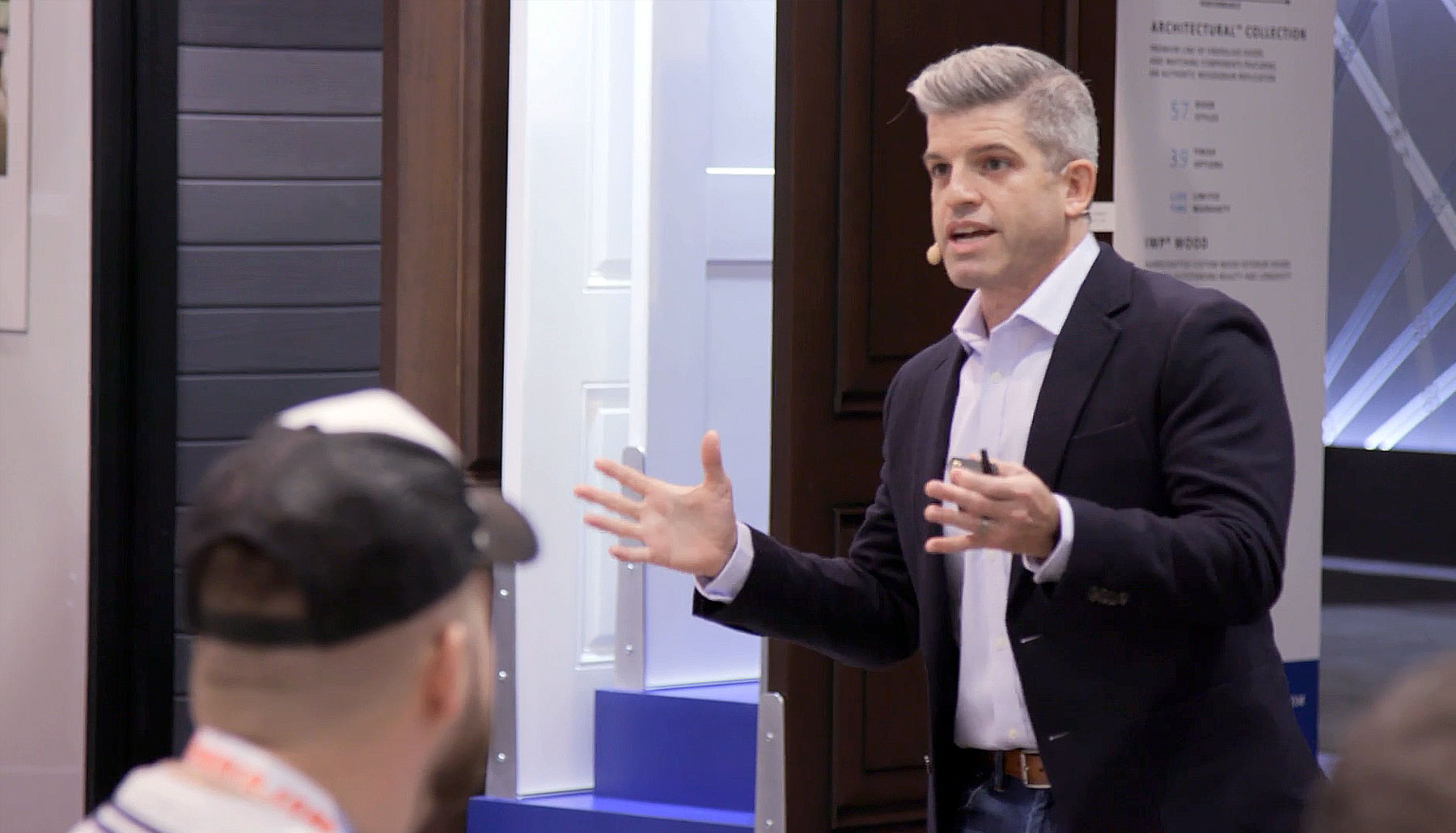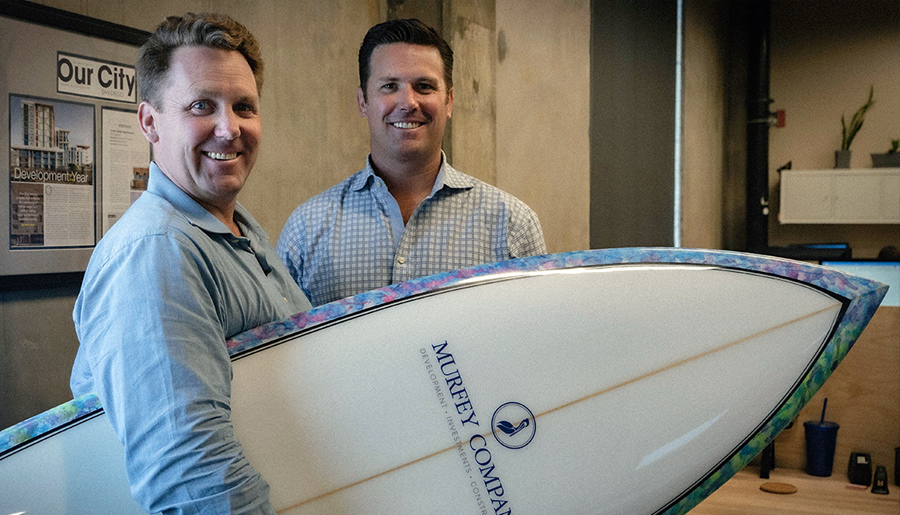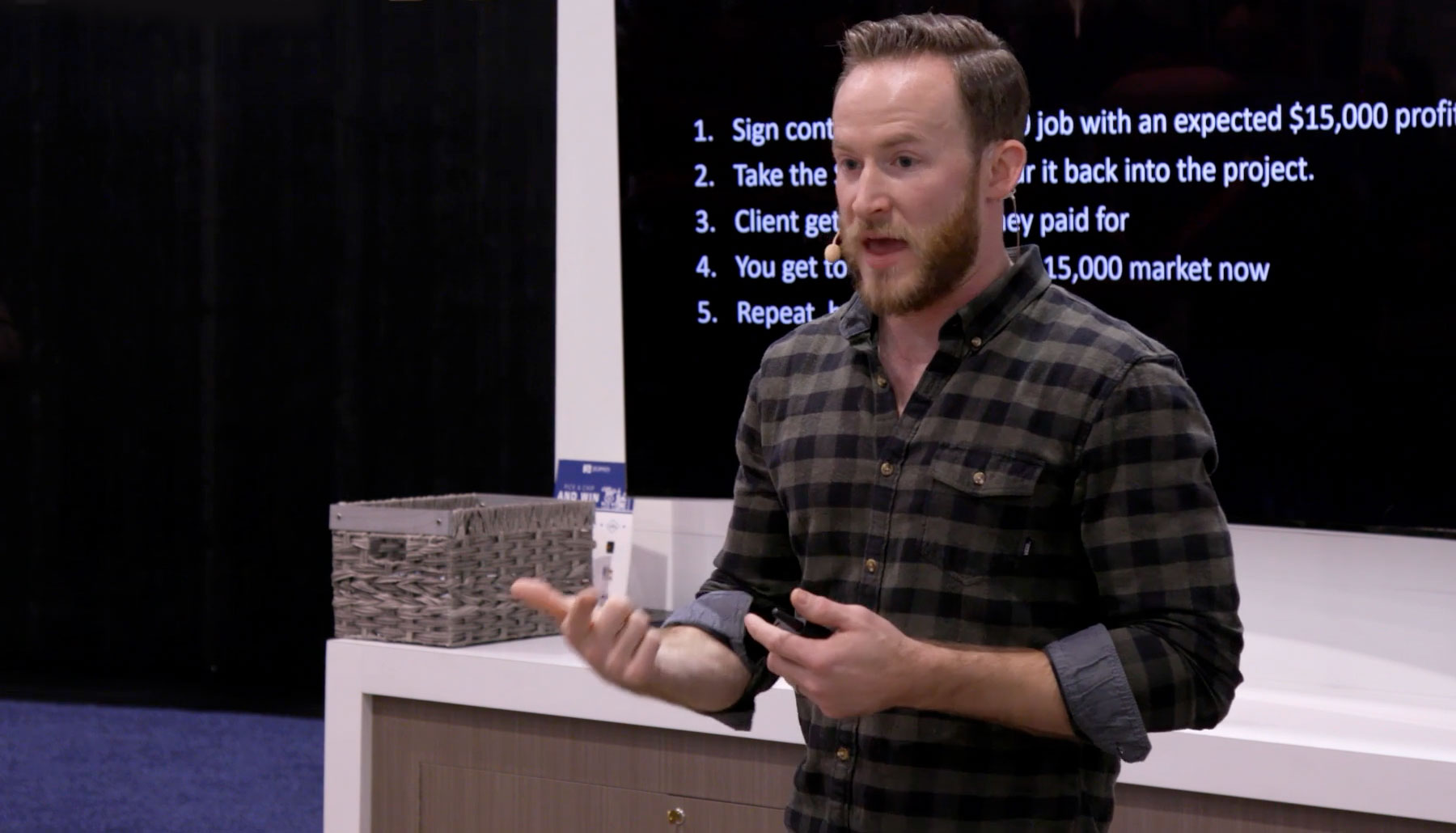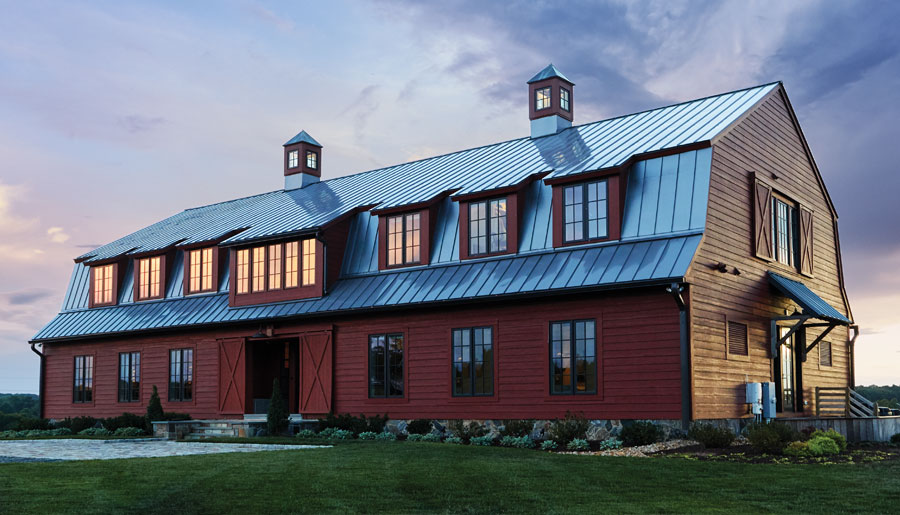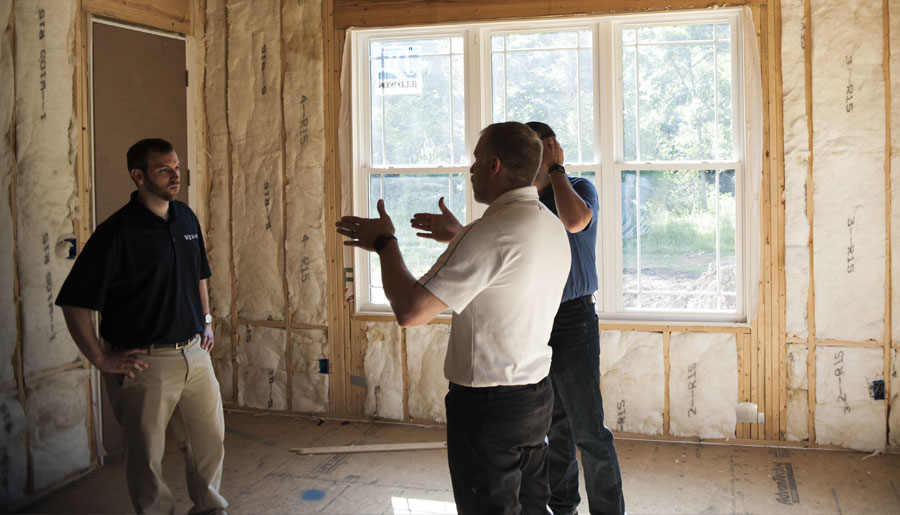Technologies and business practices from other industries can be game changers for home building Brought to you by JELD-WEN It’s easy to criticize some builders’ resistance to new technology, but given the complexities of this business and the huge financial risks, their hesitance is understandable. Established methods can seem safer and more predictable than changes that may or may not pay off. However, a growing number of builders understand that their survival will ultimately depend on their willingness to adopt new business practices and technologies. These practices usually aren’t complicated. In fact, they tend to be proven, mainstream, and even obvious. The key is having the mind-set to embrace them. Case in point: Russ and Scott Murfey of San Diego‒based Murfey Company, a 10-year-old builder/developer of single and multifamily homes and commercial projects, say that the careful application of new technologies and ideas has helped them build a thriving business. 1. Going…
This engineered approach to code compliance is becoming more popular as builders understand its benefits. Brought to you by JELD-WEN When it comes to energy code compliance, the performance path is the road less traveled, but that’s changing as builders learn more about its advantages. The prescriptive path, historically the more common approach, has the builder adhere to a specific set of construction details and get them confirmed by an inspector. “It has been our experience that the majority [of builders] go prescriptive,” writes Ekotrope, a company that makes energy simulation software. The prescriptive path long made sense for many builders: there’s no need to change architectural designs or purchasing processes. The move to performance started in 2009 when the code began mandating R-20 walls for the prescriptive path, which would have required builders to upgrade from 2×4 to more-expensive 2×6 walls. Why companies are moving to the performance path…
You know your worth. Here’s how to pitch it. Shawn Van Dyke has been a contractor, construction business owner, and coach for more than 20 years. He helps builders be as confident in their business as they are in their craft. In this exclusive video, Shawn shares tactics you can use right now to increase your profits and win clients, including proven methods to prequalify your leads and how to effectively pitch your value. Check out the JELD-WEN pro site for more information.
A commitment to one’s community is the best foundation for success Brought to you by JELD-WEN True Champion Builders are invested in the communities in which they live and work. They bring a deep connection to the area that drives their thinking about what projects to take on and how to execute them. For more than a decade, the Murfey Company has been just such a builder by being a thoughtful resident and civic partner for the greater San Diego area. Owned by brothers Russ and Scott Murfey, the Murfey Company is a vertically integrated builder specializing in urban infill mixed use. This typically includes apartment buildings, but unlike many builders, every Murfey development also includes some affordable housing aspect. Such a commitment provides a huge benefit in a city like San Diego struggling with a stubborn housing crisis. In addition to their urban infill projects, the Murfeys also take on…
Brought to you by JELD-WEN It’s not unusual for product innovations to establish a foothold in the luxury niche before re-engineering brings pricing for a wider market. That’s what’s happening now with long-span glass wall systems. The newest long-span sliders are bigger, easier to operate, more weathertight, and more affordable. Insatiable Demand Demand for indoor/outdoor spaces with big openings is no longer limited to Sun Belt states. According to a January 2019 BUILDER article, one out of every five Toll Brothers homes nationwide includes “an indoor-outdoor living program feature.” More than one-third of the company’s New Jersey buyers opt for them. Long-span sliding glass wall systems meet the demand for integrated indoor/outdoor living areas. They transform a wall of glass into a clear opening, making the backyard a seamless part of the living room or the patio and grill area part of the main kitchen. Lower Prices Courtesy: JELD-WEN That growing…
Nick Schiffer is the owner of a full-service home building company, NS Builders. In this exclusive video, he shares his method for entering bigger markets, opens up about overcoming client obstacles, and explains why leading by example is the best strategy for your business and the industry. Check out the JELD-WEN pro site for more information.
Some industry pros share their strategies for pursuing high performance. Brought to you by JELD-WEN The path to a high-performance or net zero home is a well-trod one. It’s supported by proven building science principles refined over decades. These principles apply to remodeling as well as to new construction. The path to net zero is pretty straightforward: Create a super-efficient building shell with lots of insulation, low air leakage, and the best windows and doors possibleAdd high-efficiency HVACUse nontoxic materials and install fresh air ventilation But your results are all about the details. Here are some ideas to help you get started with net zero or improve your next net zero project. 1. Study and learn Start with training. Done wrong, tight construction can create moisture or air quality problems. To avoid them, get some good basic training. Not sure where to begin? Both of these organizations offer classes in applied…
Industry experts weigh in on the benefits of this increasingly popular home-building approach. Brought to you by JELD-WEN There are many ways to describe the promise and, to some, the hype of the growing home builder and remodeler interest in modular home construction. The term is a broad one. Modular home construction can include everything from roof trusses and wall-panel systems all the way up to volumetric modules of fully equipped and finished rooms. Few dispute the need for an alternative home-building method. Here’s a snapshot of five industry experts, why they have adopted modular home construction, and why they believe this is just the beginning for this promising building approach. 1. Ryan Smith, Washington State University School of Design and Construction Ryan Smith is arguably the nation’s leading authority on the modular housing industry, serving as the director of Washington State University’s School of Design and Construction and as a consultant. He points to Japan…
Tim Winter of Paradigm Building Group discusses one memorable success story It can sometimes happen that a new build and a remodel converge, making it hard to tell where the one begins and the other ends. Paradigm Building Group, a full-service design-build construction firm based in northern Virginia, recently completed just such a project for a client in Falls Church. Specialists in custom homes and large-scale additions and renovations, Paradigm ended up taking the client’s existing home down to the foundation, collaborating with the owner on a new design that completely reimagined the house from the ground up. “We have the ability to come alongside our client through our design process to really make it a unique and special experience,” says Paradigm founder and owner, Tim Winter. The new build reflects Paradigm’s commitment to reinventing older communities for today’s home buyer, always with an eye toward energy efficiency, attention to detail, and flexibility. Getting there…
Yes, it’s about reducing waste, but it’s also a mindset shift with far-reaching payoffs Brought to you by JELD-WEN Jobsite waste bleeds profits in ways builders don’t consider. Take the example of trips to supply houses to pick up forgotten items or exchange incorrect ones. “We have hard evidence from 5,000 suppliers and trades that the total cost can be as much as $10,000 per home,” says consultant Scott Sedam. That’s 50 trips at roughly $200 per trip in labor and overhead. It’s just one of many examples of hidden waste that impacts the vast majority of projects, no matter their size. The upside, Sedam says, is it’s all preventable. As president of True North, a consulting company in South Lyon, Michigan, he helps production builders implement Lean construction. Lean is a continuous improvement philosophy that came from auto manufacturing: Toyota used it to grow into one of the world’s largest car makers.…


